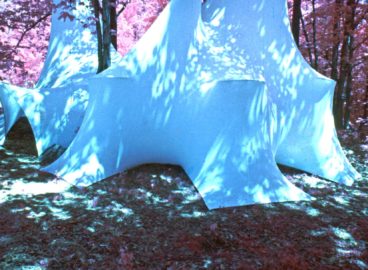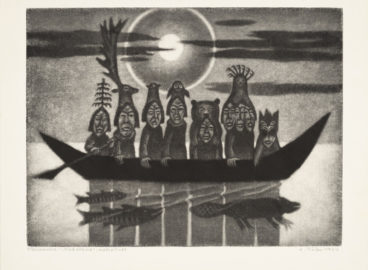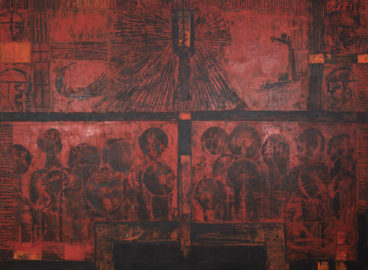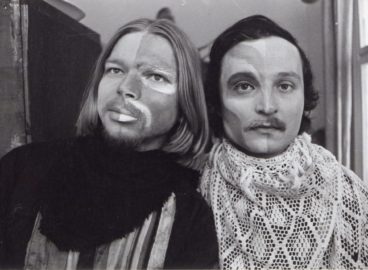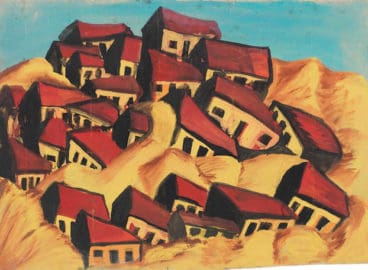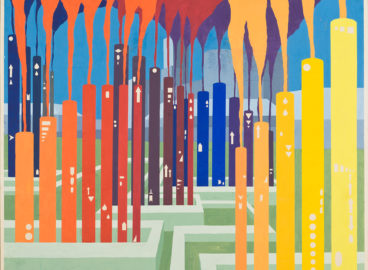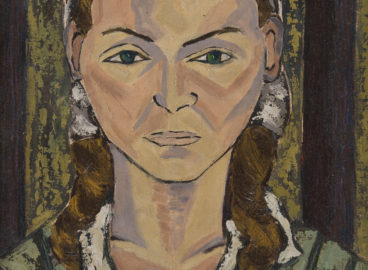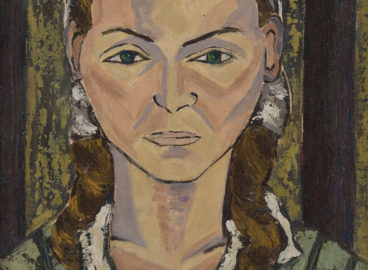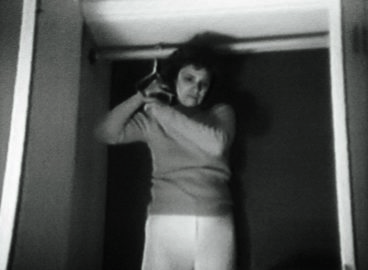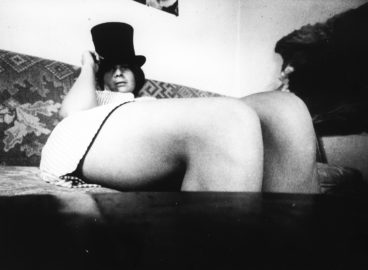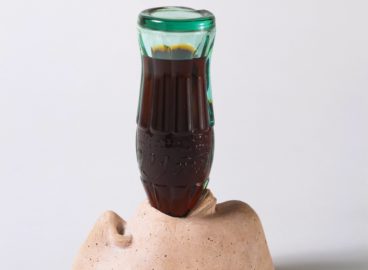Safia Farhat’s Hybrid Creatures in Civic Spaces
As the entrepreneurial co-founder of the Société Zin, a modernist design company, Safia Farhat (Tunisian, 1924–2004), contributed to the visual aesthetics of civic space during the formative period of Tunisian socialism and state feminism. Jessica Gerschultz introduces Farhat’s key role in sustaining a mural tradition for Tunisian modernists.

